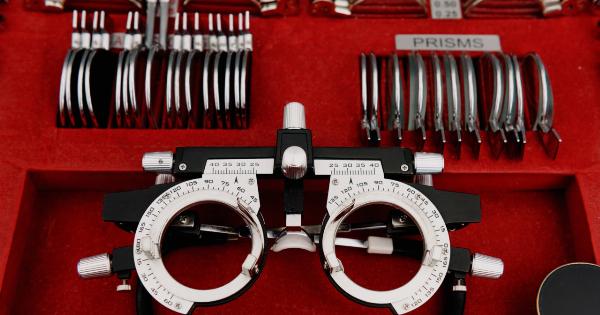Cancer is one of the most dangerous diseases prevailing around the world. According to the World Health Organization, cancer is responsible for the death of millions of people worldwide every year.
Although multiple factors contribute to the development of cancer, work-related exposure to certain substances is a significant concern. In this article, we will discuss the jobs that put workers at a higher risk of developing cancer.
Asbestos Workers
Asbestos is a group of naturally occurring minerals used for insulation in buildings and factories. It is notorious for causing cancers like lung cancer, mesothelioma, and asbestosis.
Asbestos workers, including miners, manufacturers, construction workers, insulators, and maintenance workers, are at a higher risk of developing cancer due to prolonged and frequent exposure to asbestos fibers. The use of asbestos has been banned in many countries, but it is still found in older buildings and equipment around the world.
Agricultural Workers
Agricultural workers often use pesticides and herbicides to protect crops from insects and weeds. While these chemicals are essential for crop protection, they are known to cause cancer in humans.
Exposure to these chemicals is higher for those working or living near fields where these substances are used. Pesticide and herbicide exposure can cause several kinds of cancers, including prostate, brain, and lung cancer.
Hospital Workers
Medical professionals, especially nurses, doctors, and technicians, have a higher risk of exposure to drugs and chemicals known to cause cancer.
Chemotherapy medications, radiation therapy, and sterilizing agents are the most common chemicals used in hospitals and clinics. Workers involved in cleaning or maintaining equipment can be exposed to dust and chemicals that cause cancer. Overall, hospital workers have a higher risk of developing cancer than the average population.
Construction Workers
Construction workers work in a variety of environments where they may be exposed to asbestos, dust, and other hazardous chemicals. Workers who work with sandblasting, wood dust, and formaldehyde products are at risk of developing cancer.
Welders and painters are exposed to different chemicals that can be toxic over time. Workers who work around diesel exhaust and asphalt fumes also have a higher risk of developing cancer.
Furniture Makers
Furniture and cabinet makers work with wood, a natural material, but the chemicals used in the manufacturing process can be dangerous.
Workers are exposed to wood dust, which can lead to lung cancer, and the glue used to hold furniture together contains formaldehyde, a known carcinogen. Cabinet manufacturers also use solvents that can be absorbed through the skin and cause skin or lung cancer.
Miners
Miners are exposed to various chemicals and mineral dust when mining for metals, coal, and other minerals. Exposure to asbestos and silica dust causes a higher risk of developing lung cancer, mesothelioma, and silicosis.
Uranium miners are also at a higher risk for developing lung cancer because of the radon exposure associated with uranium mining.
Plumbers
Plumbers frequently work with pipes, water heaters, and other equipment that contain asbestos. The insulation wrapped around pipes and water heaters can be made of asbestos, putting plumbers at risk of exposure.
They can also be exposed to chemicals like lead, which can cause cancer over time.
Electricians
Electricians work with wiring, electrical panels, and other equipment that may be coated with asbestos. They are also frequently exposed to radiation while working with X-ray machines.
Electricians who work in places like power plants may be exposed to diesel fumes, radiation, and asbestos fibers, putting them at a higher risk of cancer.
Firefighters
Firefighters are frequently exposed to smoke and soot when fighting fires. These substances contain carcinogens, which can cause several types of cancer, including lung, bladder, and skin cancer.
Firefighters also breathe in chemical fumes from burning buildings and appliances, increasing their risk of cancer.
Welders
Welders work around metals and chemicals that can release toxic fumes. Welding produces fumes that are a mixture of metals, gases, and chemicals, which can be dangerous when inhaled.
The fumes released include carcinogens like nickel, arsenic, and chromium. Welders who work in confined spaces or without proper ventilation are at greater risk of developing cancers like lung cancer.
Conclusion
There are numerous job sectors that put workers at a higher risk of developing cancer. Exposure to chemicals, radiation, and hazardous substances puts workers in many industries at risk of developing cancers like lung, skin, and mesothelioma.
It is essential to take precautions and use protective equipment to minimize exposure to toxins in the work environment.




























